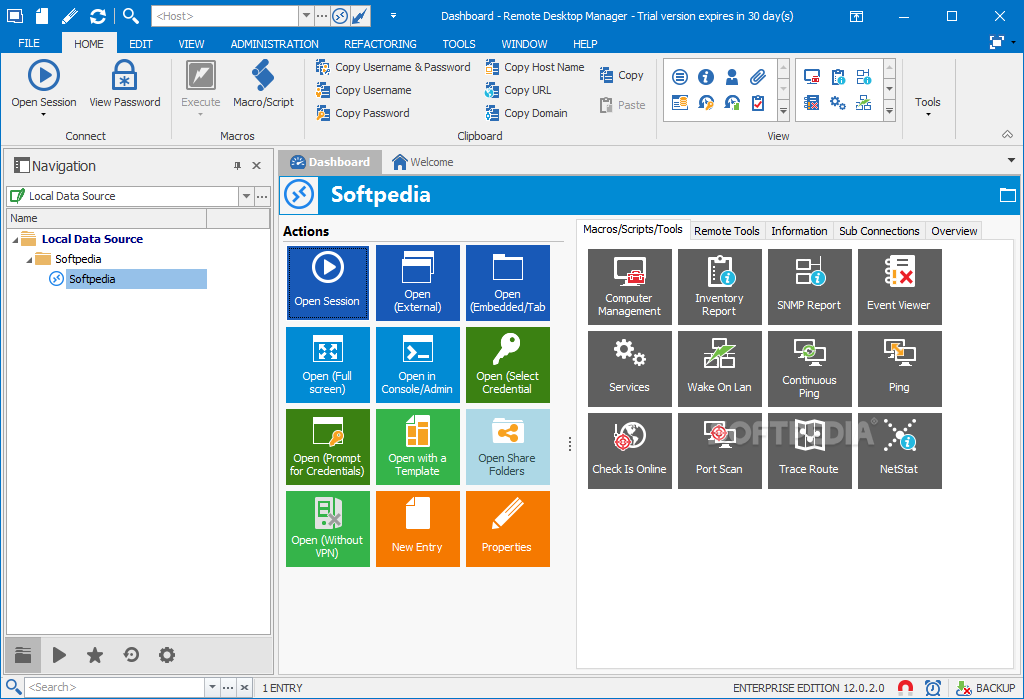

I use the same login name, so I don't need to enter the username (it assumes the same as the remote username).

Then, the first time you connect, you'll be asked for this password, once. It's been a while, and I've forgotten the exact sequence, but it should be obvious. Somewhere after this, you will need to enter a password, which is separate from your normal login password. If using dsa, there is a slightly different command, adding -i /.ssh/id_dsa Transfer the key to remote host ssh-copy-id not standard port 22, use this: Note quotes around argument ssh-copy-id -p " Generate key (can use dsa instead of rsa, if required) ssh-keygen -t rsa To use ssh keys, which is more secure, sometimes required, and more convenient since you only need to enter the key once, you need to do this once for any remote ssh server: The advantage is that it's more universal, and very flexible. In case you ever want to learn to use the standard ssh from a terminal, I thought I'd give you a quick rundown, since you had trouble using ssh keys, it seems. ssh -X Xephyr :1 -query localhost -screen 1280x1024
#Remote desktop manager free send keys how to
PPS: After a little thought it's obvious how to encrypt a Xephyr or Xnest session. They may not be installed by default because the average user wouldn't use them. Xnest uses the functions provided by the local X server while Xephyr handles much more of the server protocol itself so is more robust. PS: As noted in the comments, both Xnest and Xephyr are applications which handle the X server protocol and put the entire session into a window. the local machine is just a display server and doesn't do anything itself, then you need to look into using option 3, starting the XDMCP chooser instead of the standard login. If you are doing everything remotely, i.e. & for multiple remote applications to be adequate. If you need to so something more complicated, then 2b (Xephyr) is may be better, but I've usually found just using ssh -X. If you only intend to run a few applications remotely, then option 1 is simplest and continues to use SSH encrypted traffic, which none of the others do (so they are best only used on a trusted local network). In /etc/gdm/nf and restarting gdm or rebooting (assuming you are running gdm). Use Xephyr :1 -screen 1024x768 -query 192.168.1.107 which is a better X server than XnestĪlso assuming XDMCP on the remote machine, configure your local machine to use the XDMCP chooser instead of the standard greeter on startup.Įnabling XDMCP is simply a case of putting Use Xnest -query 192.168.1.107 -geometry 1024x768 :1 to start a remote login session in a local window.Ģb. Simply start individual remote applications using ssh -X xclockĪssuming XDMCP is enabled on the remote machine.Ģa. This fails because you already have a local session manager controlling your X server display. I assume that what you are trying to do is start a complete remote Gnome session displaying on your local machine. Pa_context_connect() failed: Connection refused (gnome-settings-daemon:3572): color-plugin-WARNING **: no xrandr-Samsung Electric Company-SAMSUNG device found: Failed to find output xrandr-Samsung Electric Company-SAMSUNG (gnome-settings-daemon:3572): color-plugin-WARNING **: GDBus.Error:: failed to obtain -profile auth (gnome-settings-daemon:3572): color-plugin-WARNING **: failed to create device: GDBus.Error:: failed to obtain -device auth (gnome-settings-daemon:3572): clipboard-plugin-WARNING **: Clipboard manager is already running. ** (gnome-settings-daemon:3572): WARNING **: Failed to connect context: Connection refused (gnome-settings-daemon:3572): keyboard-plugin-WARNING **: Failed to set the keyboard layouts: GDBus.Error.PermissionDenied: Not authorized ** Message: using fallback from indicator to GtkStatusIcon ** Message: applet now removed from the notification area ** (gnome-settings-daemon:3572): WARNING **: Unable to start xsettings manager: Could not initialize xsettings manager.Ĭompiz (core) - Error: Screen 0 on display "localhost:10.0" already has a window manager try using the -replace option to replace the current window manager.Ĭreated new window in existing browser session. ** (gnome-settings-daemon:3572): WARNING **: You can only run one xsettings manager at a time exiting (gnome-settings-daemon:3572): color-plugin-WARNING **: failed to get contents of /sys/class/dmi/id/board_version: Failed to open file '/sys/class/dmi/id/board_version': No such file or directory GNOME_KEYRING_CONTROL=/tmp/keyring-3aeNAh GPG_AGENT_INFO=/tmp/keyring-3aeNAh/gpg:0:1 I get the following (and not a lot happens). I am trying to start a remote gnome session using: ssh -X gnome-sessionīoth client and server are Ubuntu version 12.04


 0 kommentar(er)
0 kommentar(er)
